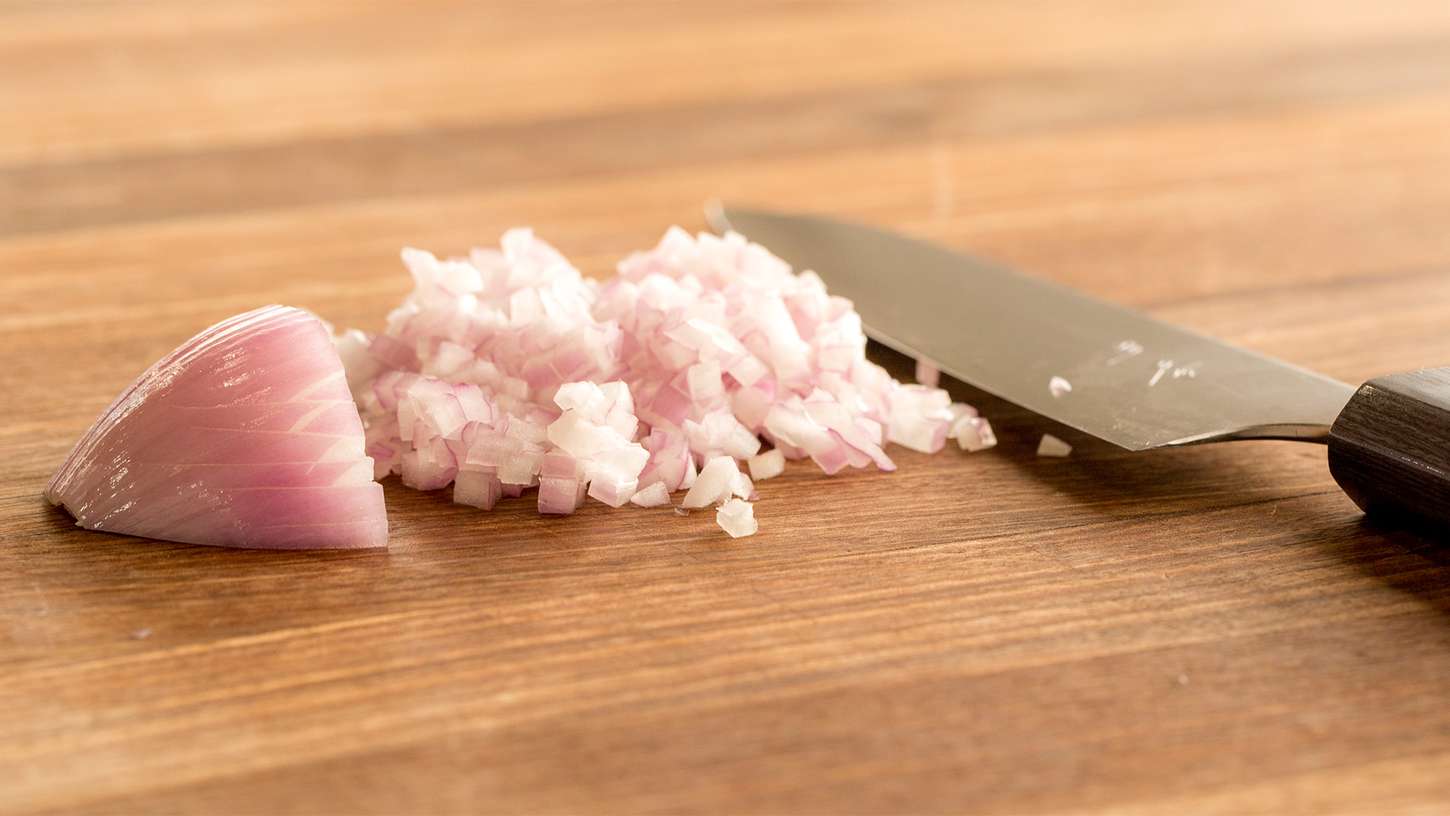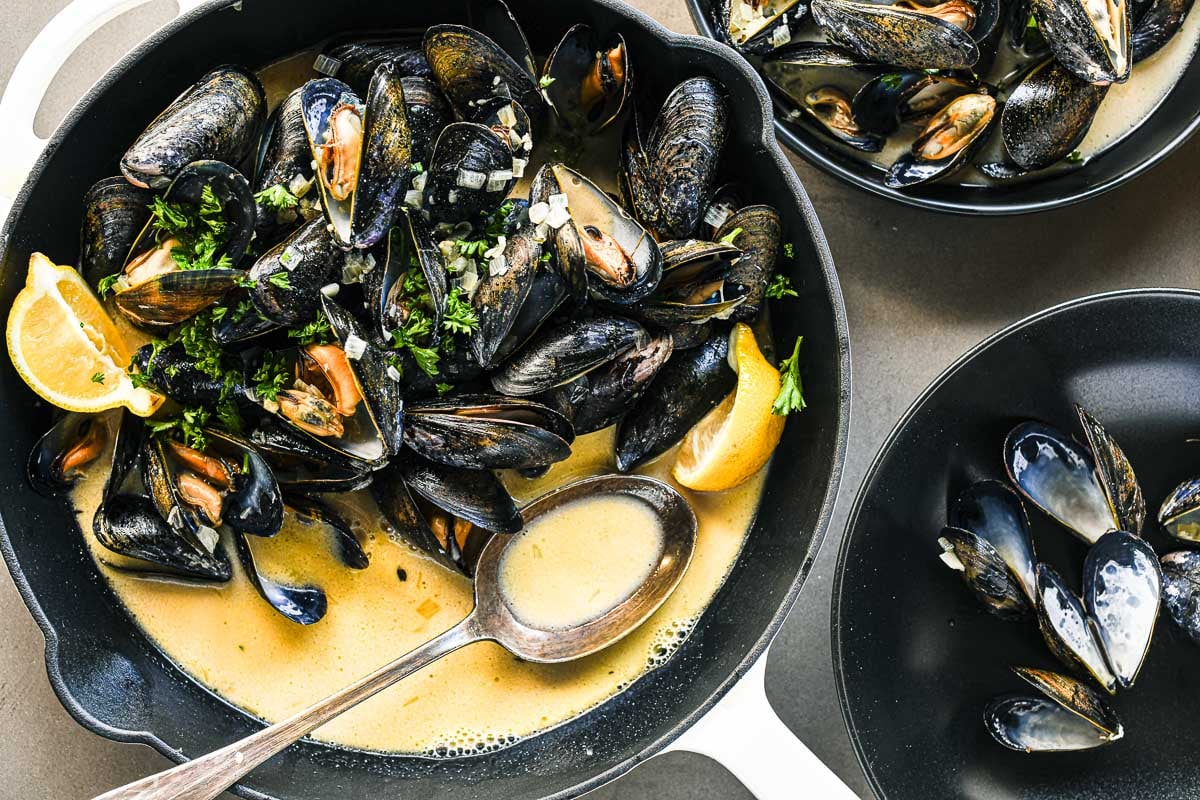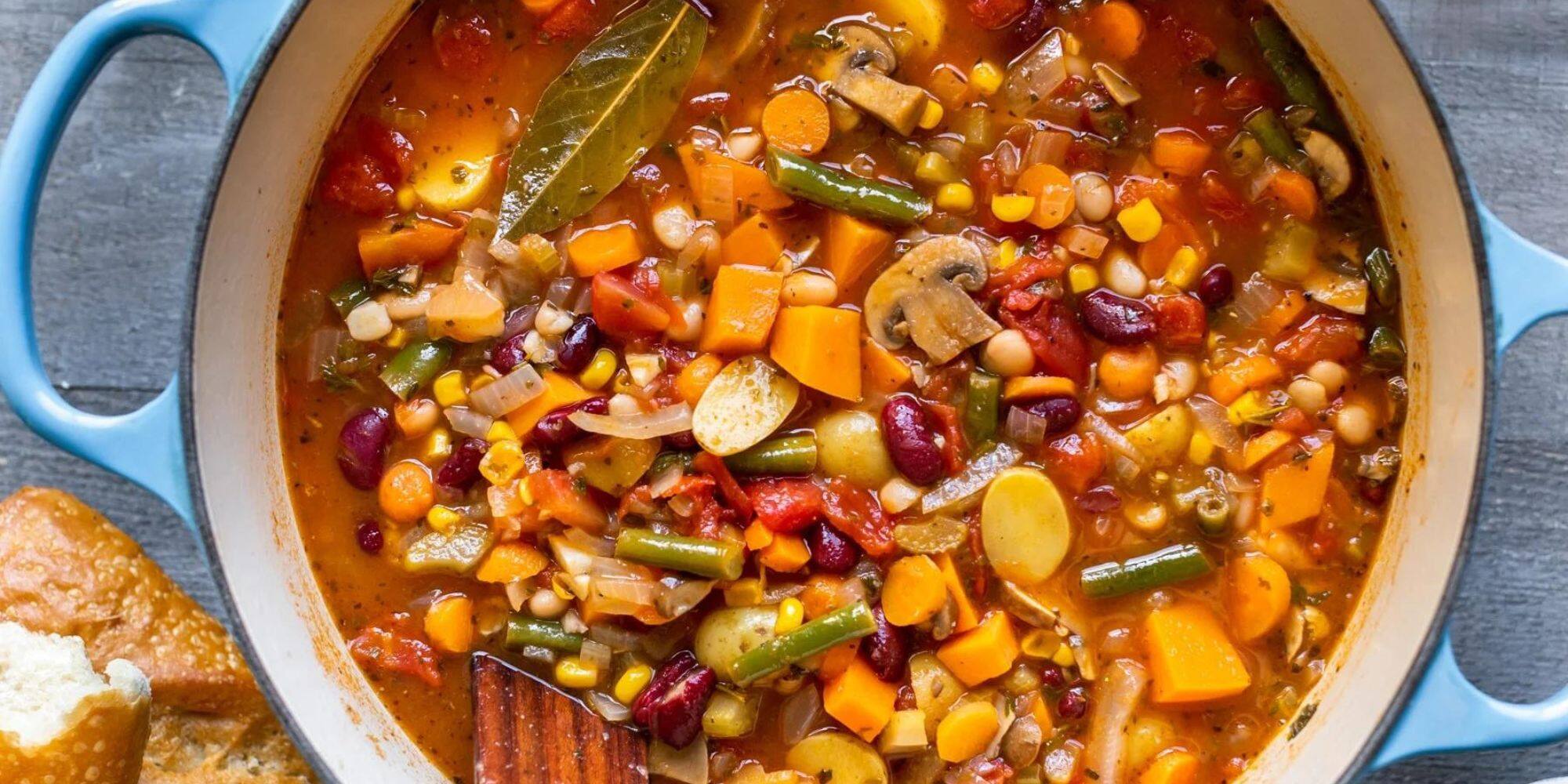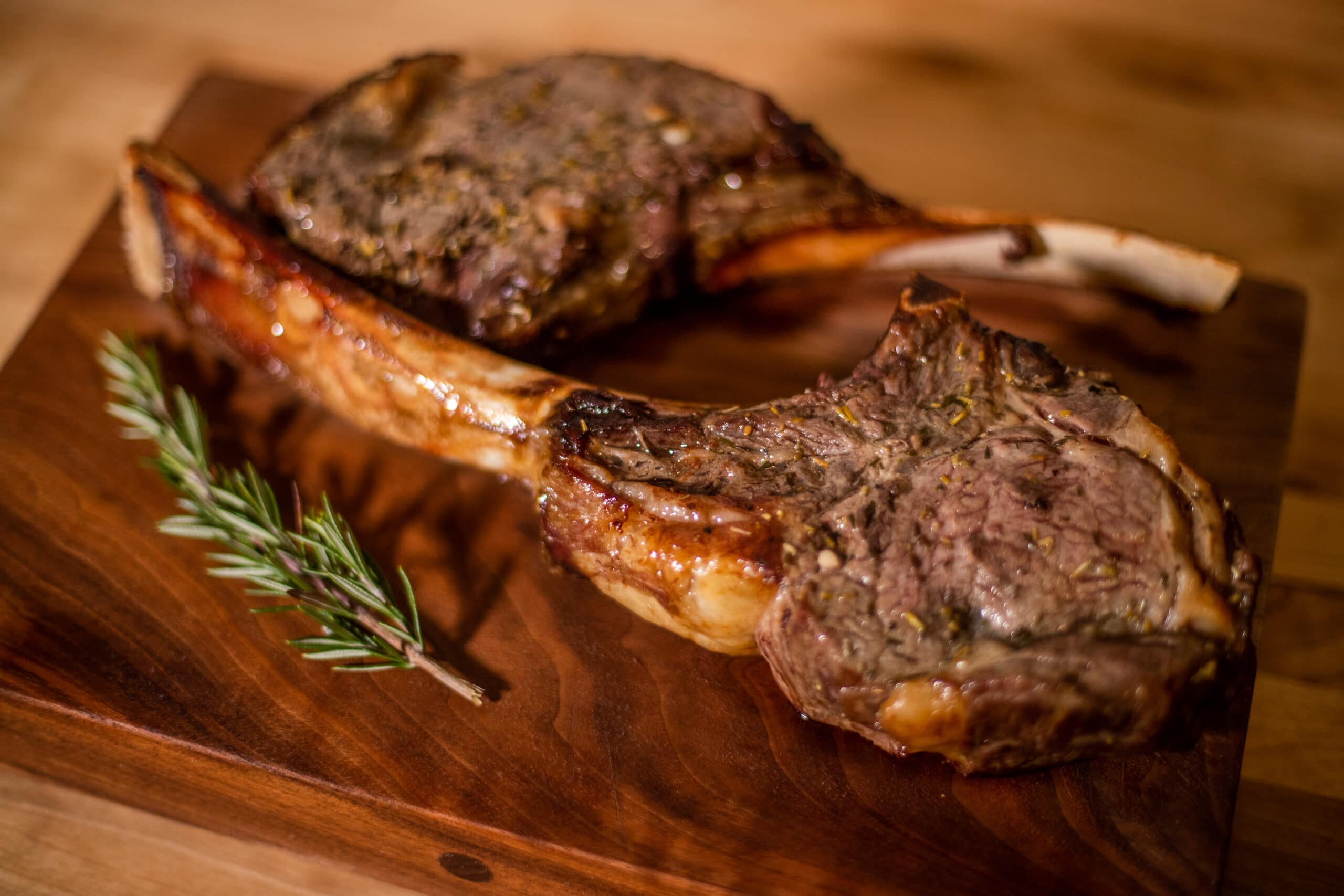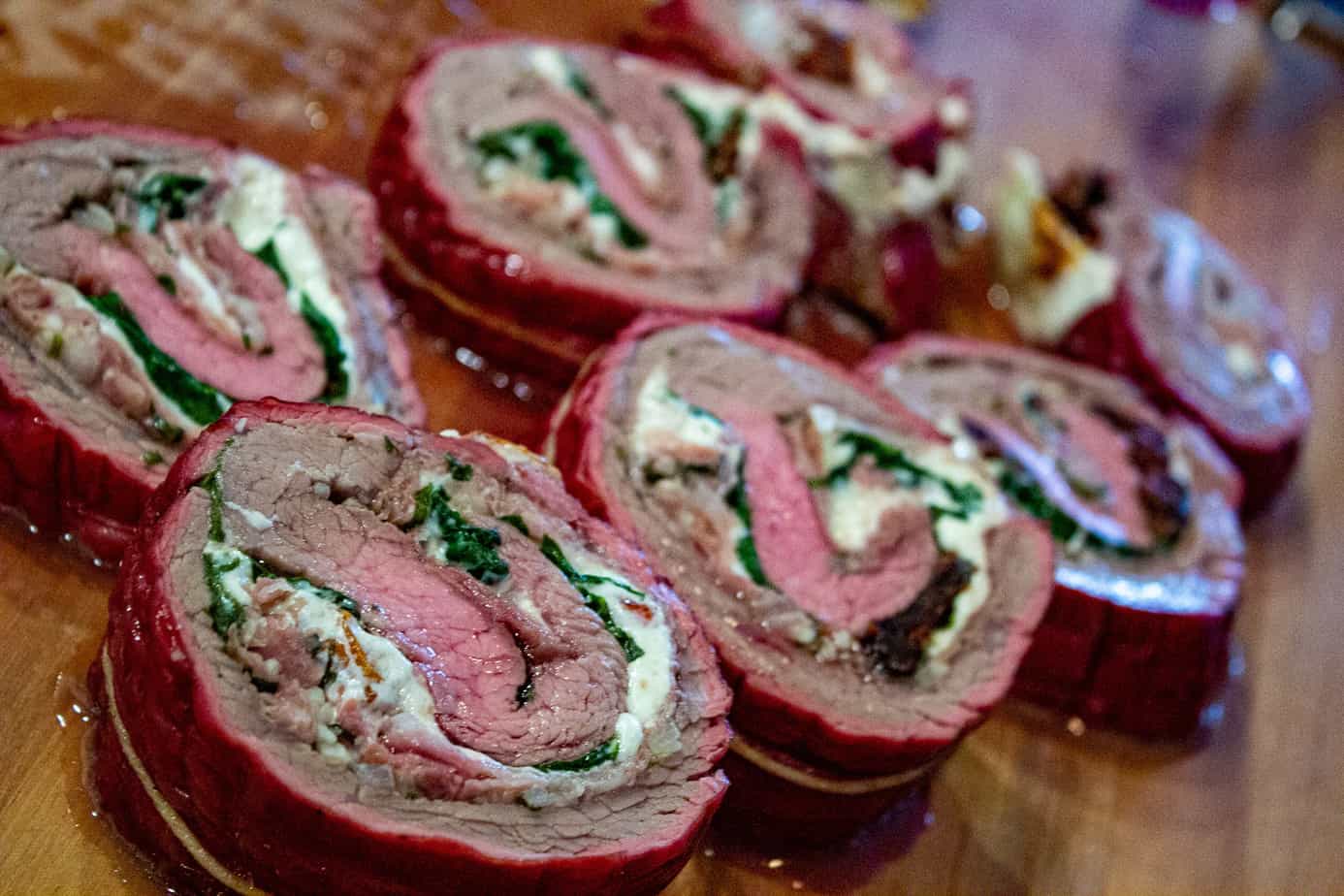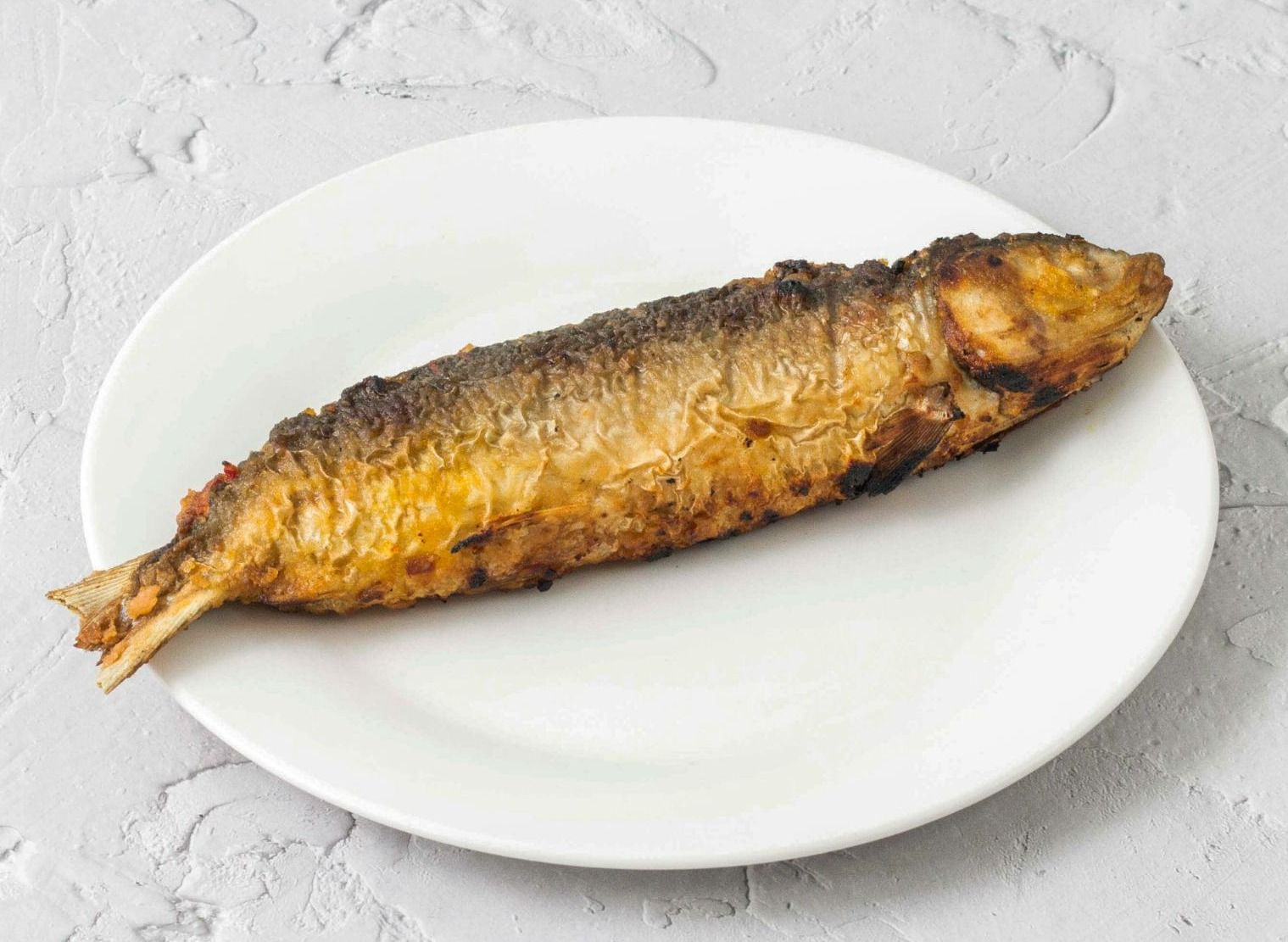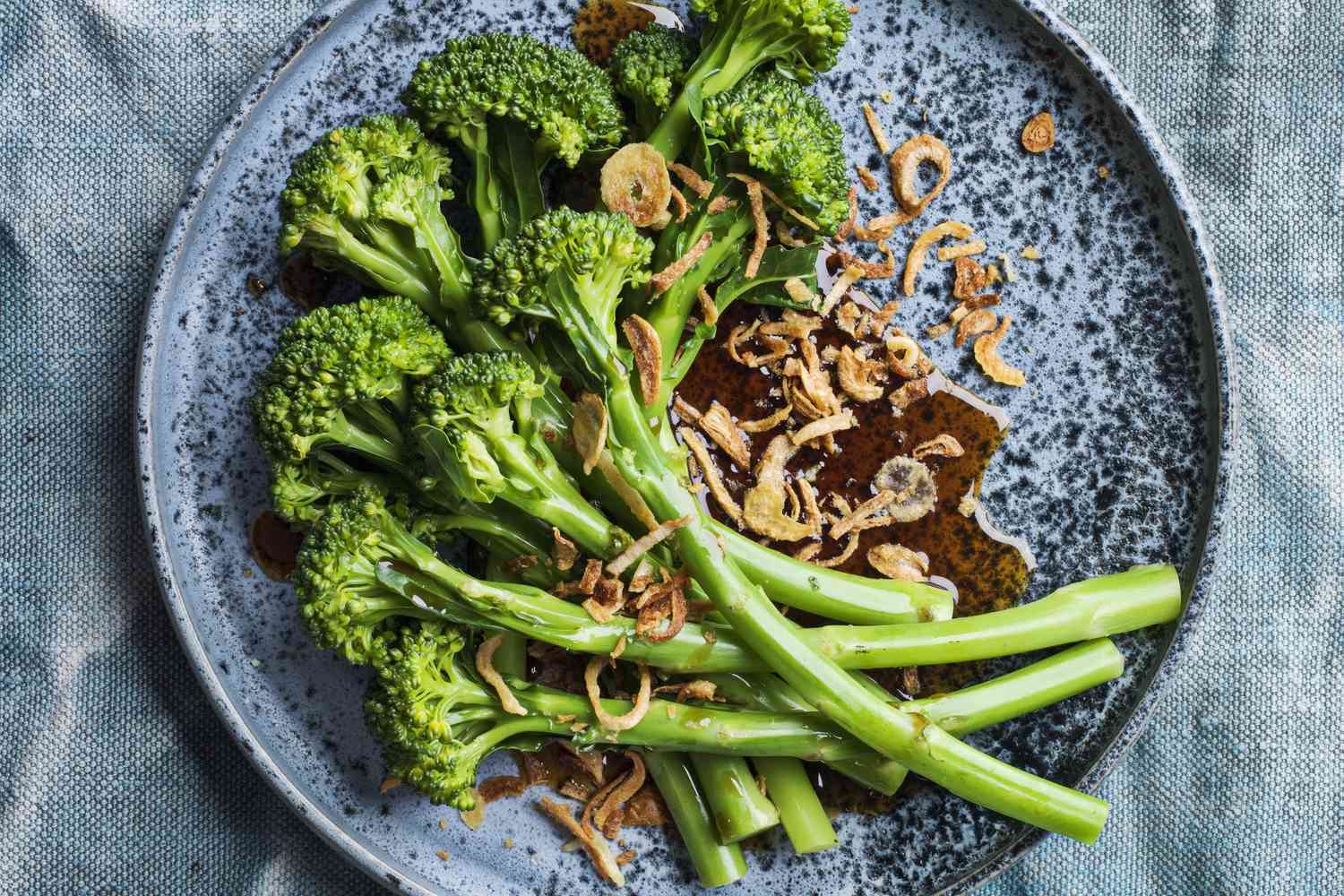Sautéing shallots is a simple yet transformative cooking technique that elevates dishes with a subtle sweetness and depth of flavor. These small, bulbous vegetables, cousins to onions and garlic, are culinary gems. When sautéed, their sharpness mellows, and they release a rich, aromatic essence that can serve as the foundation for countless recipes. Whether you're aiming to impress with a gourmet meal or just adding a touch of sophistication to everyday cooking, mastering the art of sautéing shallots is a skill worth acquiring. Let's walk through the steps to perfectly sauté shallots, ensuring your dishes sing with flavor.
Essential Ingredients for Sautéing Shallots
- Shallots (1-2, depending on size and recipe needs)
- Olive oil or butter (1 tablespoon)
- Salt (to taste)
- Black pepper (optional, to taste)
- Fresh herbs (such as thyme or parsley, optional for garnish)
Must-Have Tools for Perfectly Sautéed Shallots
- Chef's knife
- Cutting board
- Skillet or frying pan
- Wooden spoon or spatula
- Measuring spoons
Sautéing shallots involves slicing them thinly, heating oil or butter in a pan over medium heat, then cooking until translucent. Stir frequently to prevent burning for a sweet, mellow flavor.
The Art of Sautéing Shallots: Why It Matters
Sautéing shallots is a fundamental cooking technique that elevates flavors in dishes. This method involves cooking chopped shallots in oil or butter over medium heat, allowing them to soften and release their sweet, mild flavor. Mastering this skill can transform simple ingredients into a rich, aromatic base for a variety of recipes.
Understanding how to properly sauté shallots is crucial for any aspiring chef. It's not just about cooking; it's about layering flavors. Shallots, with their delicate balance between garlic and onion, provide a depth of flavor that is subtle yet impactful. This technique ensures they are cooked to perfection, enhancing the overall taste of the dish.
Your Step-by-Step Guide to Sautéing Shallots
-
Select fresh shallots: Look for shallots that are firm and free from soft spots or sprouts. Peel off the outer layer to reveal the clean, smooth shallot underneath.
-
Slice the shallots: Using a sharp knife, slice the shallots thinly. This ensures they cook evenly and quickly.
-
Preheat your pan: Place a skillet or frying pan over medium heat. Allow it to warm up for a few minutes before adding any oil. This step is crucial for preventing the shallots from sticking to the pan.
-
Add oil to the pan: Once the pan is heated, add a couple of tablespoons of cooking oil. Olive oil or butter are excellent choices for their flavor and ability to withstand medium heat without burning.
-
Test the oil's temperature: Before adding the shallots, test the oil's readiness by adding a single slice. If it sizzles upon contact, the oil is hot enough.
-
Sauté the shallots: Add the sliced shallots to the pan in a single layer. Stir frequently with a wooden spoon or spatula to ensure they cook evenly.
-
Season the shallots: Sprinkle a pinch of salt over the shallots as they cook. Salt helps to draw out moisture, allowing the shallots to soften and brown more effectively.
-
Monitor the heat: Keep an eye on the flame. If the shallots start to brown too quickly, reduce the heat to medium-low. This prevents them from burning and becoming bitter.
-
Stir occasionally: Continue to stir the shallots every few minutes. This promotes even cooking and browning.
-
Cook until golden: Sauté the shallots for about 5 to 7 minutes, or until they are soft, translucent, and golden brown. The exact cooking time can vary depending on the size and thickness of the slices.
-
Adjust seasoning: Taste a small piece of the shallot. Adjust the seasoning with more salt if needed, or add a pinch of black pepper for added flavor.
-
Remove from heat: Once the shallots have reached the desired level of doneness, remove the pan from the heat. This stops the cooking process and prevents the shallots from overcooking.
-
Serve immediately: Use the sautéed shallots as desired. They are now ready to be added to your dish, offering a subtle, sweet, and slightly pungent flavor that enhances a wide variety of recipes.
Mastering the Art of Sautéing Shallots
Sautéing shallots is a simple yet essential skill for any home chef. With the right heat, a bit of patience, and a splash of your favorite oil, you can transform shallots into a golden, flavorful foundation for countless dishes. Remember, keep that heat medium, stir frequently to prevent burning, and don't rush the process. Shallots, when given the time to caramelize, release a depth of sweetness that enhances everything from sauces to sautéed veggies. Practice makes perfect, and soon, you'll be adding this aromatic touch with confidence to elevate your culinary creations. So, grab your skillet, some shallots, and let the magic happen. Happy cooking!
For those wanting to master the art of sautéing shallots, the guide will come in handy for several recipes. Using the skill learned, one can perfect dishes such as Creamy Mushroom Risotto and Green Bean Almondine, both of which rely heavily on the nuanced flavor that properly sautéed shallots provide. Shrimp Scampi is another great choice, where the shallots add depth to the garlic-butter sauce. For those craving something hearty, Beef Bourguignon and Coq au Vin are classic French dishes where the shallots play a crucial supporting role, enhancing the overall richness. Lastly, Shallot and White Wine Reduction Sauce is a versatile accompaniment for meats and vegetables alike, showcasing the shallot's ability to shine in a simple yet elegant preparation.
All Your Questions About Sautéing Shallots Answered
How do you properly sauté a shallot?
First off, peel your shallot and slice it thin. Heat some oil or butter in a pan over medium heat. Once hot, toss in the shallot slices, stirring frequently. Cook until they're golden and soft, which usually takes about 2-3 minutes. Remember, the key is to keep things moving to avoid burning.
What's the best oil to use for sautéing shallots?
Olive oil is a fantastic choice due to its flavor and health benefits. However, if you're cooking at a higher heat or looking for a neutral taste, canola or vegetable oil works wonders too. For a richer flavor, try butter. Each option brings something unique to the dish.
Can you sauté shallots in advance?
Absolutely! Sautéed shallots can be made ahead of time and stored in the fridge for about a week. Just make sure to let them cool down before transferring to an airtight container. They're perfect for adding a quick flavor boost to dishes throughout the week.
What's the difference between sautéing and caramelizing shallots?
Sautéing is all about quick cooking over medium to high heat, aiming for a light golden color and tender texture. Caramelizing, on the other hand, is a slower process on lower heat, drawing out the shallots' natural sugars for a deeper, sweeter flavor and darker color. Both techniques have their place in the kitchen, depending on the desired outcome.
Why do my shallots burn when I try to sauté them?
Burning usually happens if the heat is too high or they're not stirred often enough. Keep the flame on medium and don't wander off; keep those shallots moving. Also, ensure your pan isn't overcrowded; they need space to cook evenly.
Can I sauté shallots with other vegetables?
Sure thing! Just remember that different veggies have varying cooking times. Start with the shallots, as they're quick to cook. Then, add in longer-cooking veggies first, finishing with those that need minimal cooking time. This way, everything comes out perfectly done at the same time.
What dishes benefit from adding sautéed shallots?
Sautéed shallots can elevate almost any dish. They're especially great in sauces, dressings, soups, and as a topping for meats or vegetables. Their subtle sweetness and depth of flavor can transform a simple dish into something special.
